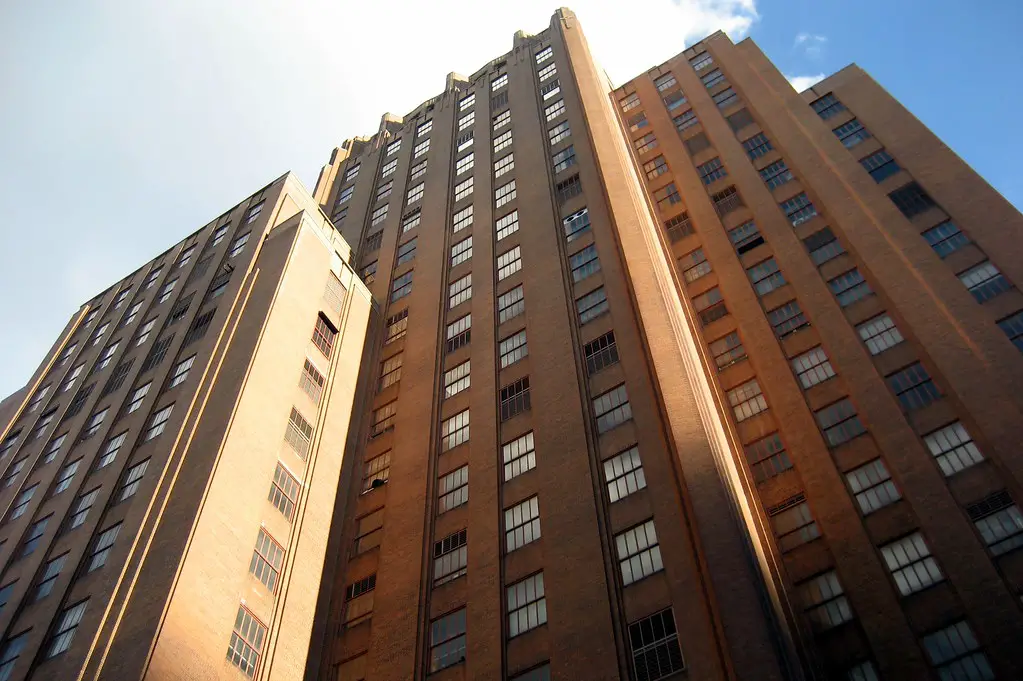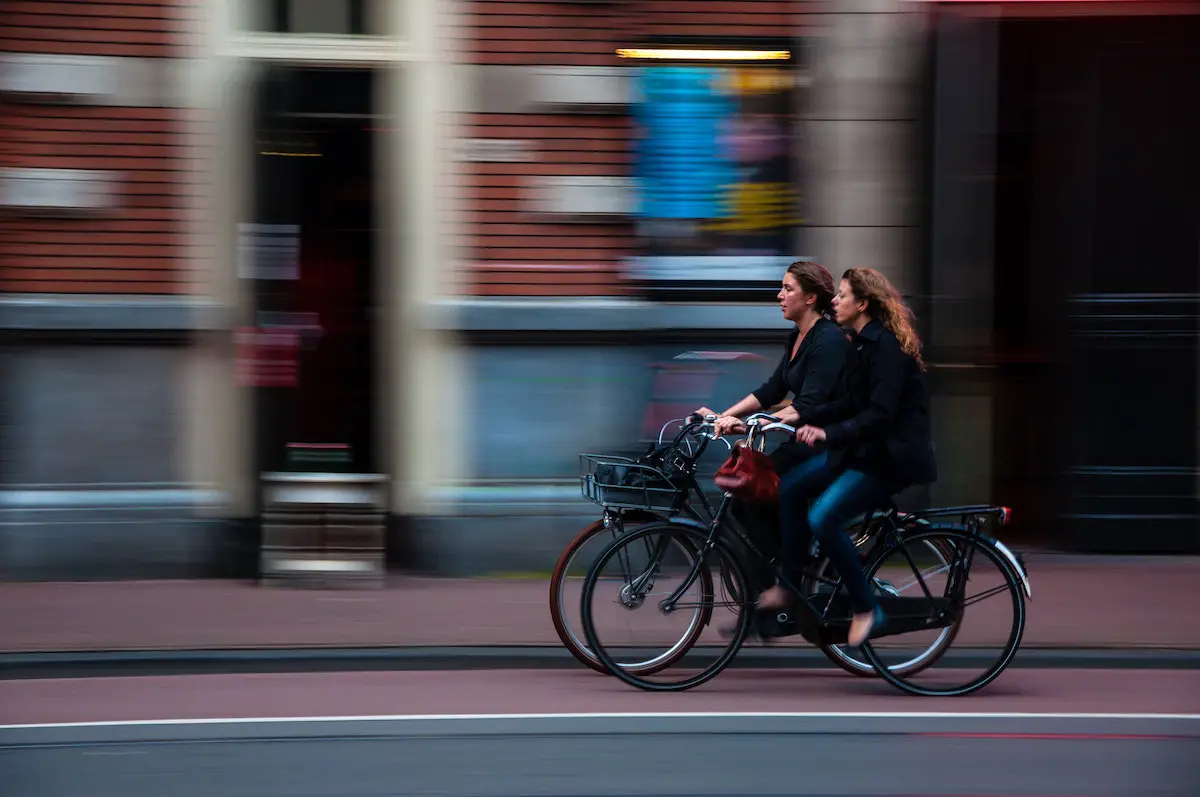Mexico City’s government pledged in 2007 that it would build 300 km of bike lanes around the city by 2012. However, the city still only has 22.2 km because most money is allocated to car infrastructure, leaving aside non-motorized mobility. That’s why the Institute for Transportation and Development Policy and the National Network for Urban Cycling (BiciRed) launched a campaign called ‘5% for bicycles and pedestrians’, which asks national legislators to assign at least that percentage of the transportation budget to non-motorized infrastructure.
To promote that campaign and pressure legislators into action, several cycling and pedestrian organizations decided to paint their own bike lane in front of Congress on October 20th. This was our way of showing how little money and time is required to create quality infrastructure. We wanted to show that governments just need the will to promote non-motorized transport. However, that bike lane was efficiently erased just two days after it was painted, and no city official claimed responsibility.
We were all understandably angry, so we decided to do it all over again but better. We set a goal of painting a 5km bike lane that would end at Congress, the Wikicarril (wikilane). We funded our effort through Fondeadora, a crowd-sourcing site, and we managed to collect 13,500 pesos (about US$1,000) in just 4 days thanks to the collaboration of 37 generous supporters.
We bought paint, brushes and rollers. We built wood signs. We cut stencils. We borrowed a tricycle to carry everything. We invited everyone we knew and told them to come help. And on Sunday, November 6th, we were ready to start painting.

We worked in an assembly line. Some traced the priority triangles with tape and swept the ground to make sure it was clean. Another group painted the triangles green. There was another team that was in charge of white paint for the details and the PRIORITY legend. Others hung the signals in lamp posts. Some people moved up and down the street making sure each team had enough materials and bringing paint, stencils and water on their bikes. After each triangle was done we moved on bringing all the materials with us.


We were a large crowd of about 80 people, divided in teams all along the street. Cycling organizations joined in. Some people heard about it on Twitter and Facebook and met us there. Others brought their families.


It was very gratifying to see that the community welcomed our effort. Neighbors told us this was very much needed and that we should paint more. Some of the users along the route stopped and gave us moral support.

When we finally arrived to Congress, we got to repaint our efforts that had been erased. At that point, the police arrived for the first time. We talked to them for a bit, but, like every time we have have done this, we tell them we are just doing what government should be doing themselves.

After the police left us alone, we threw ourselves to paint the last priority triangle of the day. Of course, we were extremely tired in the end, but it was completely worth it.

We worked for 8 hours. We painted 5 kms. We spent less than 1000 dollars. How much would it cost to actually build the bicycle infrastructure the city needs?



